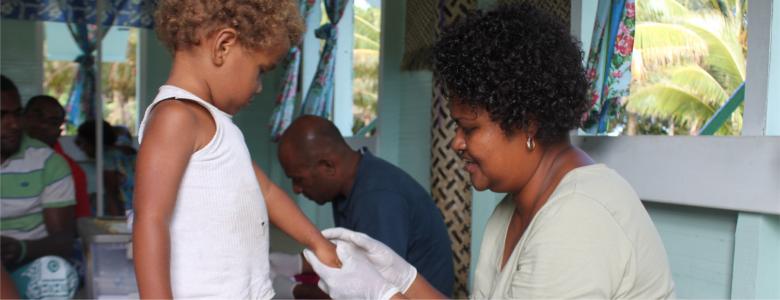A mass treatment program planned for the latter half of next year is billed to drastically reduce scabies infection in Fiji.
The initiative, which is part of the $US10 million-World Scabies Program (WSP), aims to reduce the prevalence of scabies in the country by 23 per cent.
WSP Steering Committee Vice President Dr Josefa Koroivueta said around one-third of Fiji’s population are expected to benefit from the treatment which will be offered at no cost.
“Scabies is a very common dermatological problem and the stats from Twomey show that it takes up most of the clinic cases,” Dr Josefa said after the committee’s inaugural virtual meet held at the Fiji Centre for Disease Control in Tamavua today.
“This is the first time to be done at a national level and to eliminate scabies as a public health problem in the next five years. We basically want to set everything in motion because the committee will see to it that the business plan is approved, key messages where responses are approved and the governance oversight of the national program..”
Dr Josefa is confident that Fiji has the capacity to realise targets based on its success in previous trials.
“So we know we have the expertise, the experience of making it happen and that’s the benefit Fiji has. The target is quite a significant reduction. We will do situation prevalence before, first treatment, second treatment and we will monitor.
“Fijians do not have to pay for the treatment, its a neglected tropical disease under the World Health and the issue for developing countries like ours.”
WSP Program Director Professor Andrew Steer said scabies pose a public health problem in many countries thus requires collaboration with stakeholders to tackle the disease and ensure the program works. WSP will work with the Ministry of Health in the administration of the mass treatment to ensure timely distribution of the medicine.
Fiji is one of the pilot countries for the World Scabies Program.
Scabies is transmitted by direct, prolonged skin-to-skin contact with an infected person and is common in resource-poor and underprivileged communities.
Photo: Murdoch Children’s Research Institute (MCRI)










